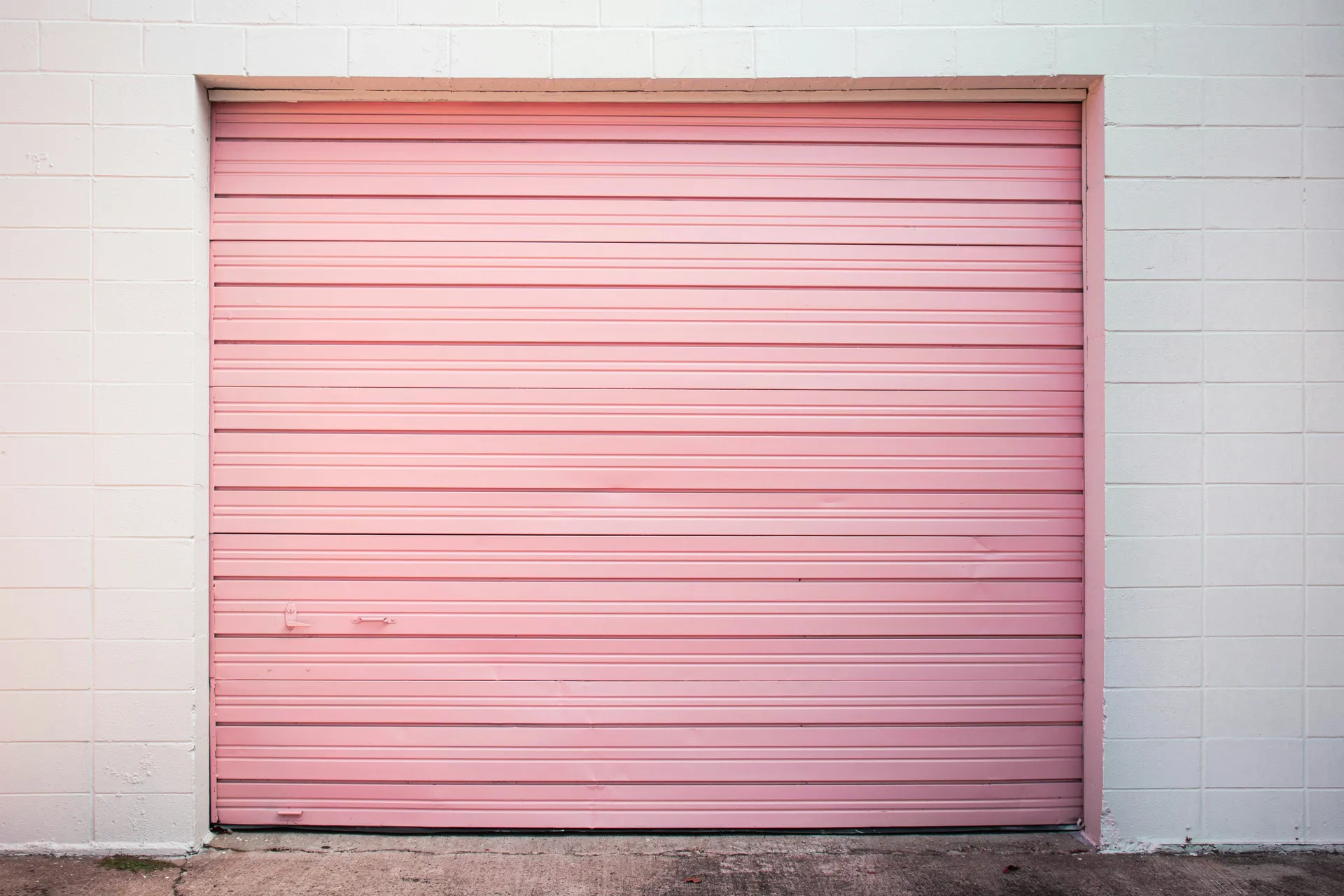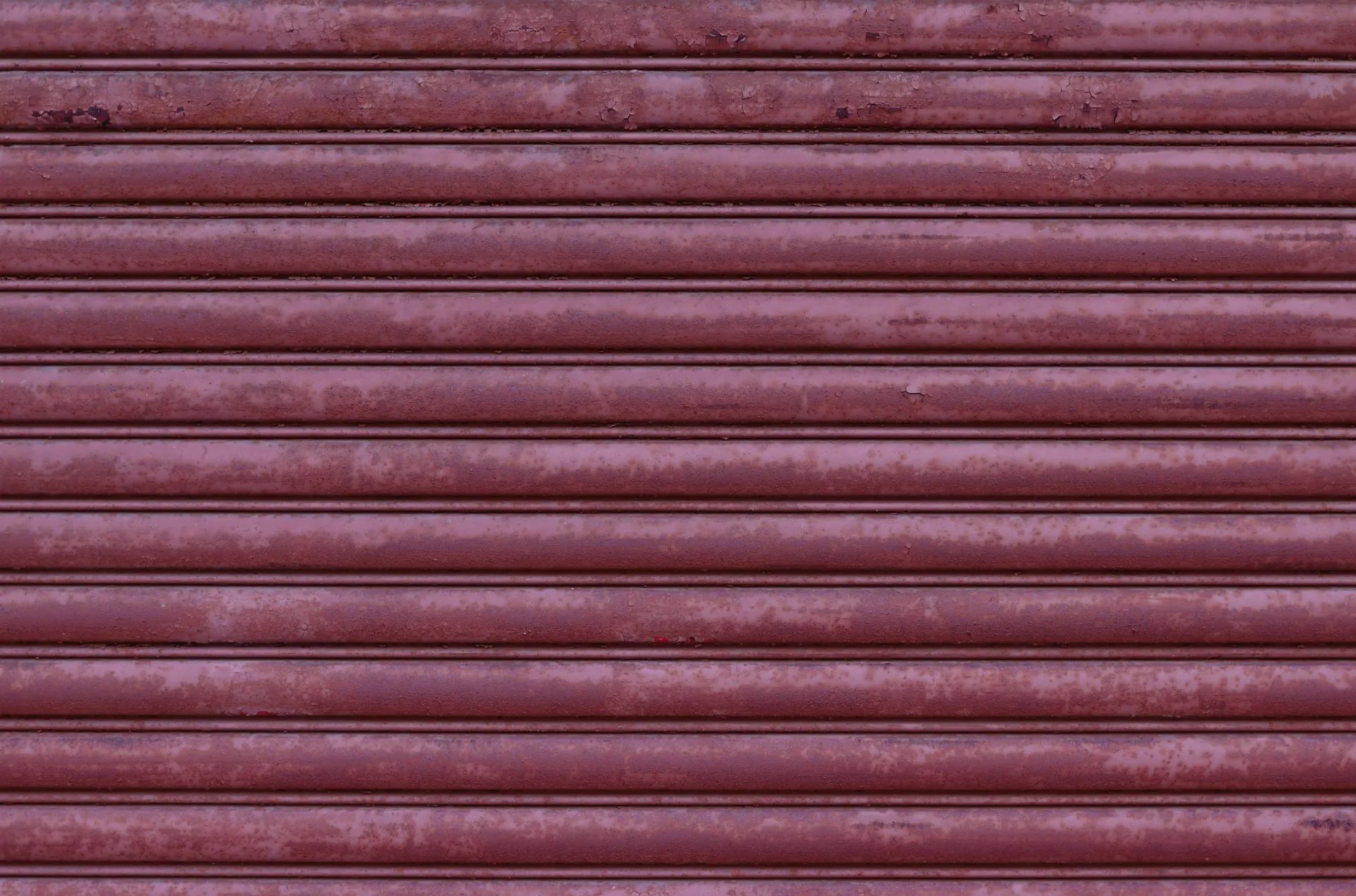Commercial Garage Door Repair: A Complete Guide to Costs & Services
A malfunctioning commercial garage door isn’t just an inconvenience; it’s a security risk and a direct hit to your bottom line. From my 20 years as a general contractor, I’ve seen firsthand how a single stuck door can halt shipments, compromise climate control, and create significant safety liabilities. For any warehouse manager, logistics supervisor, or auto shop owner, uptime is everything.
This guide is designed to give you a clear, no-nonsense breakdown of commercial garage door repair. We’ll cover the critical differences between commercial and residential doors, diagnose common failures, analyze potential costs, and provide a checklist for hiring a technician who understands that time is money.
Key Takeaways
- Safety is Non-Negotiable: Commercial garage door systems are under extreme tension. Attempting a DIY repair is a catastrophic risk to personnel and property.
- Uptime is the Goal: Every hour your door is down costs you money. Choosing a qualified, 24/7 service provider is critical for business continuity.
- Costs Vary Widely: Repair costs depend entirely on the door’s size, type, and the severity of the damage, from a few hundred to many thousands of dollars.
- Insurance and Liability: Always hire a licensed and insured professional. From a liability standpoint, using an unqualified technician is an unacceptable business risk.
More Than Just a Bigger Door: Commercial vs. Residential
Before we talk repairs, it’s crucial to understand why a garage door commercial repair is a different league entirely. The components are not interchangeable, and the required expertise is far greater.
Key Operational Differences
- Duty Cycle: A residential door might open 4 times a day. A commercial door at a busy loading dock could cycle 100 times a day. This demands components built for high-frequency use, from the springs to the motor.
- Size & Weight: Commercial doors are significantly larger and heavier, often requiring specialized lifts for installation and powerful three-phase motors for operation. The springs holding this weight are under immense tension.
- Safety Standards: Commercial properties must comply with strict OSHA safety regulations. This includes integrated systems like photo-electric sensors and pneumatic or electric reversing safety edges that stop and reverse the door on contact.
- Construction: Doors are typically made from thicker gauge steel for security and durability. The tracks, rollers, and hardware are all engineered to handle heavier loads and more frequent use.
Common Commercial Door Failures & Professional Solutions
When your door fails, it’s almost always one of these culprits. Your job isn’t to fix it; it’s to safely identify the symptom and call a professional.
1. Broken Torsion Springs
This is the most common major failure. The torsion springs are what do the actual lifting. Given the immense weight of commercial doors, these springs are under extreme tension.
A breaking commercial spring releases a tremendous amount of energy and can be lethal. If you see a gap in the spring, immediately clear the area, secure the door if possible, and call a professional commercial garage door repair service.
2. Opener & Motor Malfunctions
Commercial openers are complex. Issues can range from faulty logic boards and stripped gears to problems with the three-phase power supply.
From a business continuity perspective, a failed motor is a complete shutdown. This isn’t a DIY project. A technician needs to diagnose if it’s a power supply issue, a mechanical failure, or a logic board problem. Trying to bypass it can lead to bigger damage or injury.
3. Damaged Door Panels or Sections
A frequent sight at loading docks. A misjudged forklift or delivery truck can easily destroy one or more panels.
A single damaged panel doesn’t always require a full door replacement. A qualified technician can often source and replace individual sections, saving you significant costs.
4. Bent or Misaligned Tracks
The metal tracks guide the door. A direct impact can bend them, or prolonged use can cause misalignment. An off-track door is unstable and can fall, posing a severe safety risk.
5. Snapped or Frayed Cables
The lifting cables work with the springs to raise and lower the door. They are under the same tension as the springs. If you see fraying or a snapped cable, the door is not safe to operate.
Commercial Garage Door Repair Cost Analysis
While a precise quote requires an on-site inspection, this table provides a realistic cost range for professional services. Prices reflect the higher cost of heavy-duty commercial parts and the specialized labor required.
| Professional Service | Typical Cost Range (2025) | Key Factors Influencing Cost |
|---|---|---|
| Initial Service Call & Diagnosis | $100 - $250 | Includes trip charge and initial labor to identify the problem. |
| Torsion Spring Replacement | $400 - $1,500+ | Depends on door size, weight, and if one or both springs need replacement. |
| Damaged Panel/Section Replacement | $800 - $2,500+ per section | Cost varies by door model, material, and insulation. |
| Opener Motor Repair/Replacement | $500 - $3,000+ | Varies from a simple part swap to a full heavy-duty motor replacement. |
| Full Door Off-Track Reset | $450 - $1,200 | Labor-intensive job to safely reset the door and realign tracks. |
Beyond Repair: The ROI of a Preventative Maintenance Plan
From a business perspective, reacting to failures is always more expensive than preventing them. A scheduled maintenance plan isn’t a cost center; it’s a high-ROI investment in operational continuity. Given the extreme duty cycles and heavy loads, small, unaddressed issues can quickly cascade into catastrophic failures and costly downtime.
A professional maintenance plan ensures an expert is regularly inspecting and servicing all critical components before they fail.
Key Annual Maintenance Checklist Items
How to Choose a Qualified Commercial Repair Service
Selecting the right vendor is critical. Your goal is to find a long-term partner who can keep your operations running smoothly.


